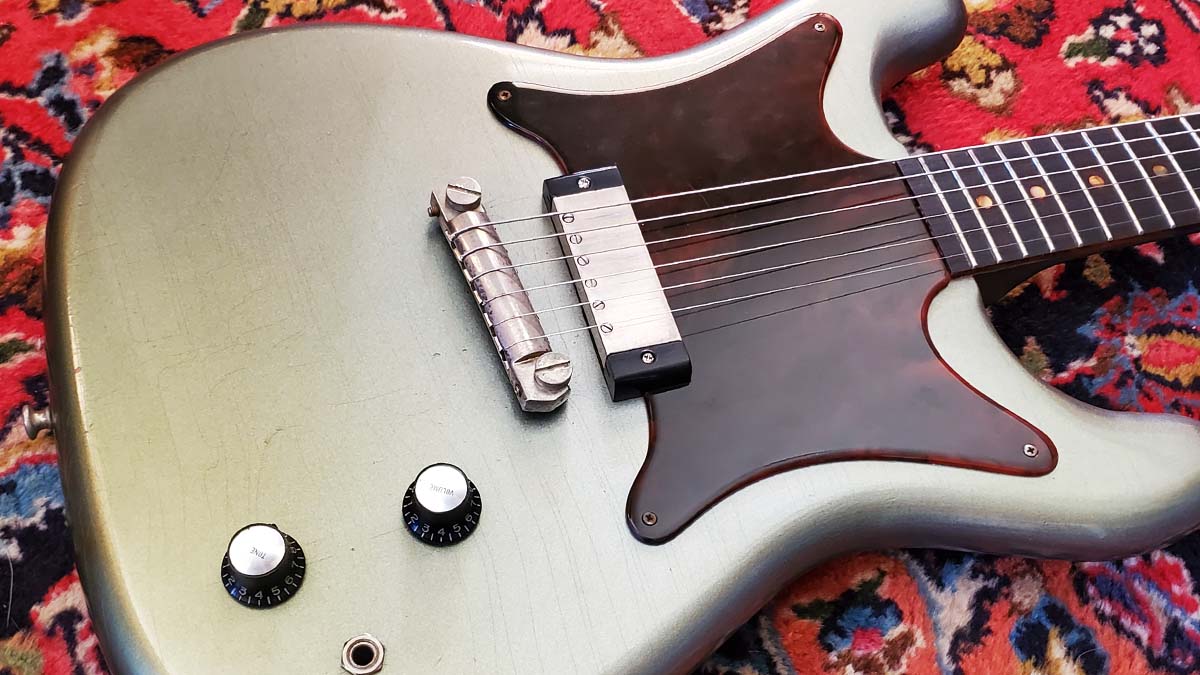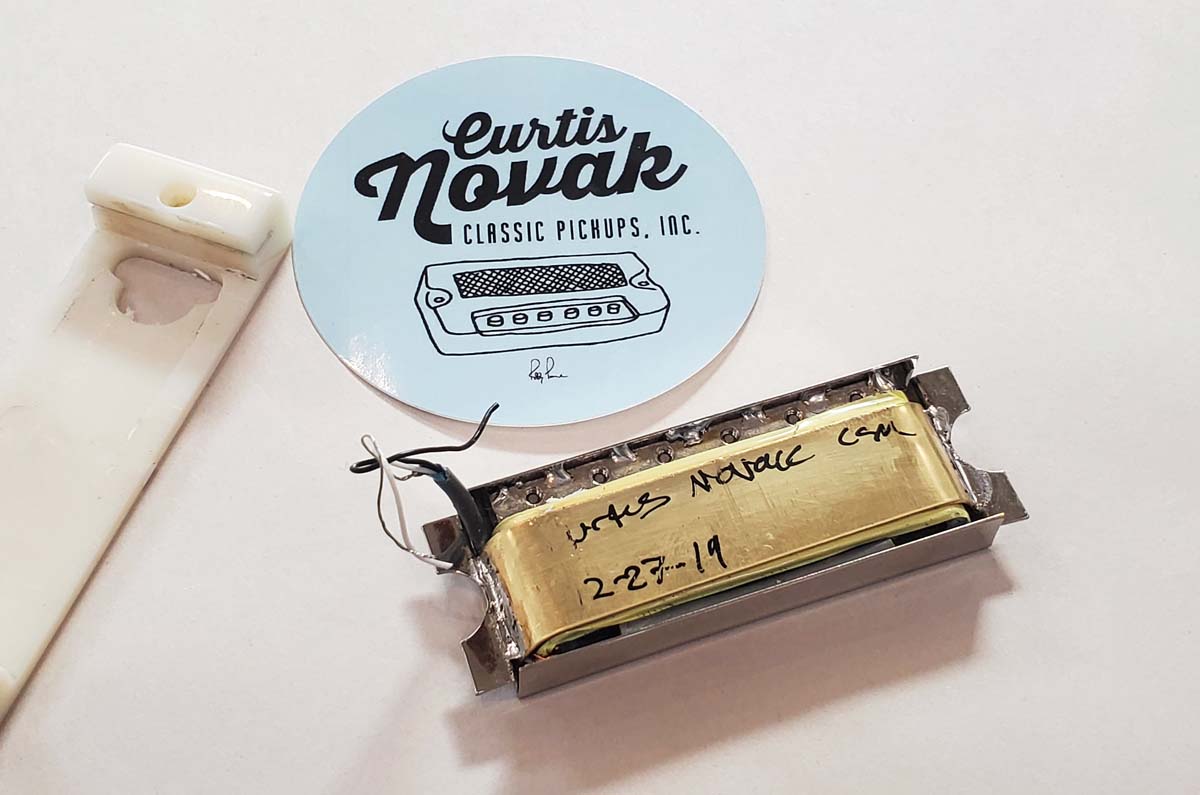The curious tale of Epiphone‘s own single-coil pickup, the ‘New Yorker‘
The “chief mad scientist” at Curtis Novak Classic Pickups shares his findings on Epiphone‘s lesser-known Spectrum single coils

Epiphone had been designing electric guitar pickups since the mid-'30s when, in 1949, its efforts culminated in the Spectrum single-coil model. Appearing across the Epiphone range, variations included those with or without adjustable polepieces, gold-plated or nickel-plated covers, and white or black plastic surrounds.
It was also available as an aftermarket accessory that was mounted to a pickguard unit in both single- and dual-pickup formats for either cutaway or non-cutaway guitars.
When CMI/Gibson acquired Epiphone in 1957, the New York firm’s remaining stock of parts was shipped to Gibson’s Kalamazoo plant in Michigan for use in the assembly of Epiphone-branded instruments.
This included Spectrum pickups, which were used prior to the introduction of the mini-humbucker in the early 60s. Thus, on account of their geographical origin, the Spectrum units are commonly referred to as ‘New Yorker’ pickups.

“Sometimes people confuse them with mini-humbuckers,” says computer scientist turned pickup builder, Curtis Novak, “but those are faux polepieces in the originals – they are outside the bobbin. They’re single-coil pickups, but they’re sidewinder coils, meaning the coil lies on its side. It’s a bit like if you took a Strat pickup and laid it on its side.
“With a regular single-coil pickup, north and south [magnet poles] point away and towards the body. But with these pickups, north points towards the bridge and south points towards the neck. It’s a tricky design because any side coil has a certain focus to it – almost nasal-y and out of phase – and they’re a little bit more humbucker-ish sounding.
“But it’s hard to pin down the characteristic sound of a New Yorker pickup because each one is different. By comparison, you could buy a P-90 from a few different eras and you’re going to get basically the same thing, whereas these pickups are so hit and miss.“
Get The Pick Newsletter
All the latest guitar news, interviews, lessons, reviews, deals and more, direct to your inbox!
“They vary a lot in their tone and internal construction, and every single one of them was hand-built,” continues Curtis. “They’re all different and were truly custom made. The pole spacing is not uniform and none of the covers are the same size. Sometimes the cover is a millimetre or two longer, or the side depth is different, because they were just cutting and bending sheet metal.
“They’d make the surround to match the pickup and would carve the back [of the pickup] to match the guitar top. Some of them used a huge sideways bar magnet, while other ones I’ve seen have a steel blade with a magnet on the end.

• Top single coils, humbuckers and P-90s to upgrade your tone
“Some were wound high in the 8k[ohms] range and some were wound low in the 3k area. It seems to me there were no consistent specs. I keep a database of the pickups that come through the shop and these things are all over the place.”
Despite the relative scarcity and inconsistencies of original examples, in recent years a growing number of people have become interested in these 50s New York throwbacks.
“People were bugging me for a long time about these pickups,” recalls Curtis, “but it took me years to find a good-sounding one. For a long time, I thought they were pretty crappy-sounding, and every once in a while, I’d get grief from people saying, ‘You have no idea. This is a great-sounding pickup. John Lee Hooker used it, blah blah,’ so I thought, ‘Okay, I’ll give it another try,’ and eventually I got one in that was good. This good one sounded more P-90-like.
“I’ve had a lot of them come through the shop for repair over the years and the first thing that typically breaks is the surround because the plastic material they used becomes super brittle as it ages. That’s how I got into making them – by custom making the surrounds. The intriguing thing is that it’s a simple design with a cool Art Deco look. That’s what grabbed me.
“I don’t advertise them, but I will build New Yorkers when people call. I do both the polepiece version and the no-polepiece version. And I also create a mini-humbucker version.”
Rod Brakes is a music journalist with an expertise in guitars. Having spent many years at the coalface as a guitar dealer and tech, Rod's more recent work as a writer covering artists, industry pros and gear includes contributions for leading publications and websites such as Guitarist, Total Guitar, Guitar World, Guitar Player and MusicRadar in addition to specialist music books, blogs and social media. He is also a lifelong musician.
“It combines unique aesthetics with modern playability and impressive tone, creating a Firebird unlike any I’ve had the pleasure of playing before”: Gibson Firebird Platypus review
“This would make for the perfect first guitar for any style of player whether they’re trying to imitate John Mayer or John Petrucci”: Mooer MSC10 Pro review










